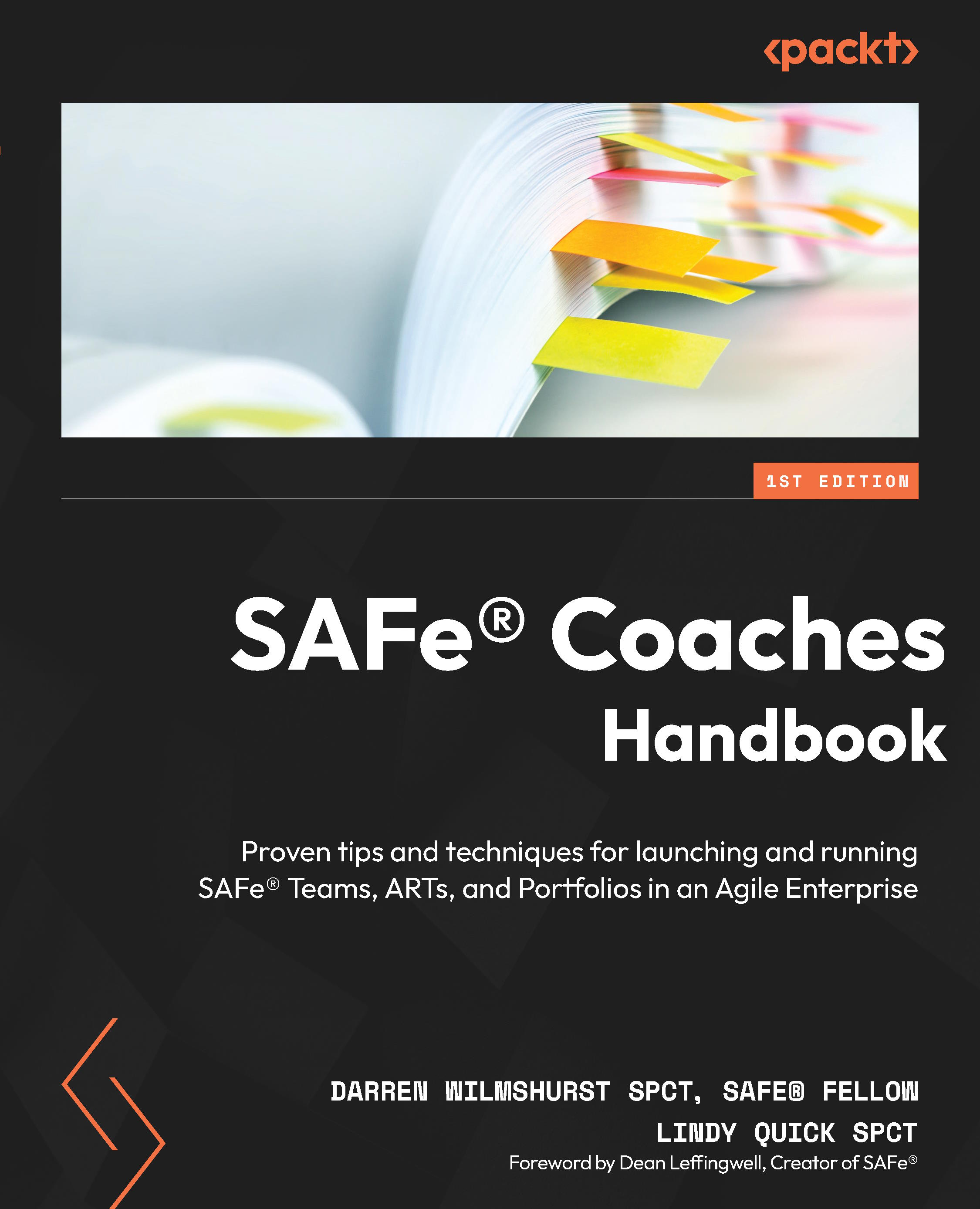The Dual Operating System
Over the years, we have had the opportunity to work with a number of founders of start-up companies or those Leaders that started a new business unit. Surprisingly, we have a very similar conversation with them, and it often goes something like this:
Founder: “I really loved it when we were a small start-up company. I had a small team around me, I knew everything that was going on, I was able to direct them all in the right direction, and conversations and collaboration were really easy. But then we became successful, and we grew the organization to the point that we had to introduce a hierarchy. And while I recognized that we need to be more ‘corporate’ and we needed this hierarchy for stability and, to some extent, efficiency, I now find that this hierarchy just gets in the way. It is now more difficult to get things done because I feel that I have to navigate the hierarchy and the functions within the hierarchy to achieve anything...
































































